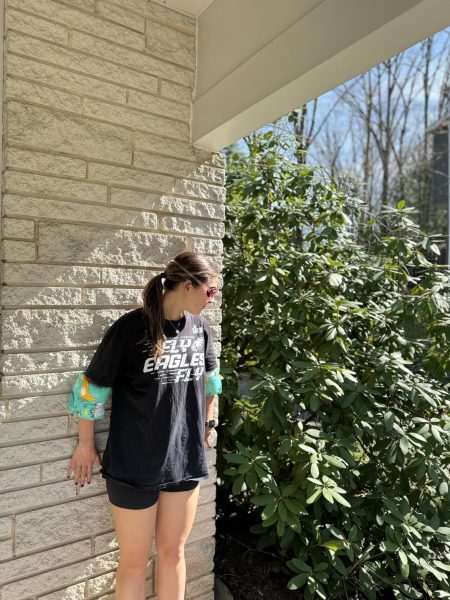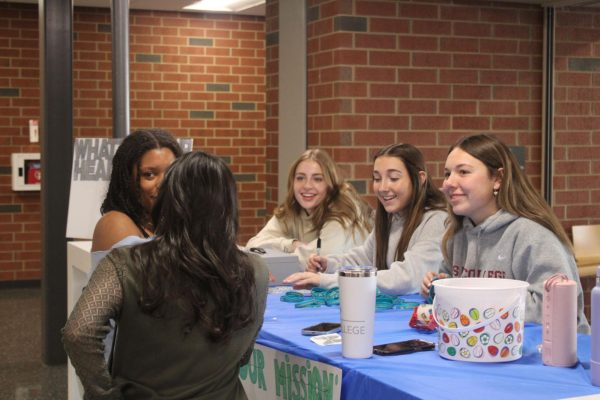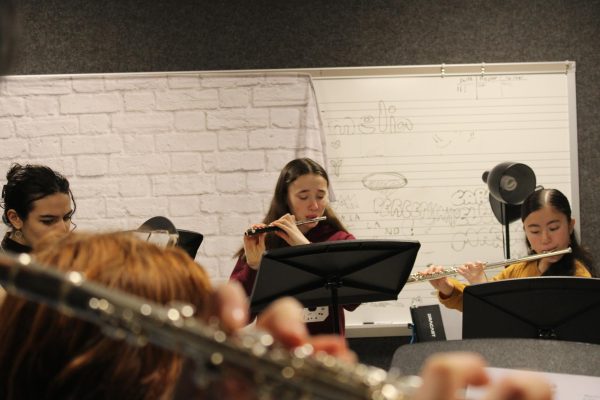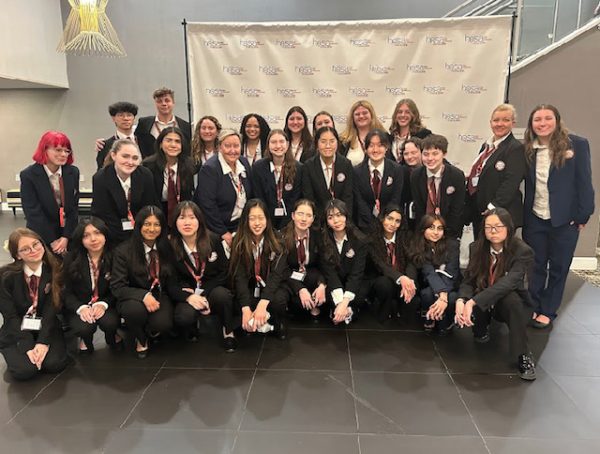AI Use in the Classroom
May 30, 2023
ChatGPT, Google Bard, and DALL-E are just three of the many artificial intelligence chatbots floating around the internet. Google Bard is still in the exclusive use phase, but ChatGPT and DALL-E are open for public use. Both of these are available for State High students to use on assignments or projects, but rules regarding AI are unclear.
Some teachers, such as Ms. Delafield from the Social Studies department, use AI in their classes and think it can be a helpful tool. Others have different viewpoints ranging from not knowing much about AI, to believing that it has no place in the classroom.
Delafield has been studying AI since last fall. “I think it’s a great way to produce a sample or a great way to brainstorm.” She made sure to say that AI is not a substitute for student work and gave a few different examples of how it can be used in the classroom.
Delafield and other teachers have used AI to create a class activity for them. Chatbots are capable of producing a useful problem-based activity, but there are drawbacks both practically and perceptually. They do not provide the sources or paperwork that go into creating an activity which leads to the teacher not being as knowledgeable on the topic. Sometimes AI chatbots even produce false citations, which are not helpful to anyone. Additionally, over 75% of people are concerned about misinformation from AI. Misinformation could lead to students learning false information in school.
For better or worse, AI chatbots are also available to students for use on assignments. SCASD has blocked many of the AI sites, but that hasn’t stopped students from accessing AI on personal devices. AI has been experimented with in English classes across all grades and has even spread to art classes with the rise of DALL-E. Images generated by DALL-E visuals were viewed over 4.2 billion times in 2023, and State High students certainly contributed to that number.
Some use has been permitted by teachers, but multiple English classes have seen students turn in entire essays generated by ChatGPT. Delafield was sympathetic to students and said, “I think the temptation is there, you’re under pressure, time is running out, it’s not your favorite class, any number of reasons [to use AI].” She went on to say, “I think what’s important is how AI can be used effectively as a tool rather than as a shortcut.”
Different teachers have different policies on what is considered a shortcut, or even plagiarism. Due to the quick rise of AI, there are currently no administrative guidelines on AI use so it is up to teachers what to allow.
On the other hand, the IB program has established clear guidelines regarding AI use. “In a nutshell, if a student uses AI, they must cite anything taken from the AI-created work as they would any other quoted or referenced material. They have not banned its use,” IB Diploma Program Coordinator, Jennifer Schreiber said.
The IB Program took the stance that with the fast rise of AI, its use will become as standard as using a calculator. The nearly two-page-long IB academic integrity policy on AI reads, “The IB will not ban the use of AI software,” and later says, “It is more sensible to adapt and teach students how to use these new tools ethically.” Ethically specifically means that no work produced by AI can be turned in as a student’s work, but it can be used to pull quotations from or as a resource.
The IB’s approach to AI could soon be adopted by different teachers across the school, but there is room for variation depending on the subject and the teacher’s opinions. There are many different opinions on AI, but it is undeniable that it will continue to become a widely used resource in schools.












